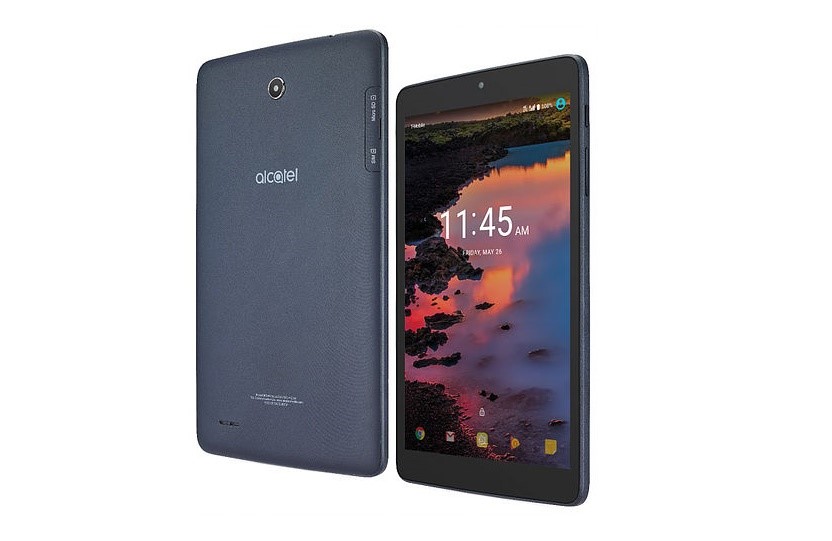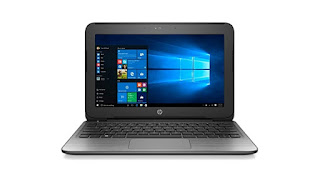0
comments
From the process of installing TWRP on your device (to replace the STANDARD recovery mode) > and then creating the backup system with TWRP > to finally moving the ‘backup’ file to your PC/laptop or flashdisk.
But the question is: “When do we need to restore our device with this backup system?”.
Well, after creating the backup system of your device with TWRP, you don’t actually need to restore your device right away with that backup.
You can just keep that ‘backup’ file safe on other devices, like laptop, PC or even flashdisk and continue using your tablet/smartphone normally.
However, if something horrible happens to your smartphone or tablet in the future, like for example, your tablet keeps rebooting and refuses to enter to the normal homescreen, then it’s definitely the right time to finally restore your device by using the ‘backup’ file you’ve already created using TWRP.
But the next question is, how exactly to restore our device with that TWRP backup?
Well, this is actually the question I’m going to explain to you thoroughly in this article. And that's because, today, I want to share to you how to restore your device back to normal again by using the backup file you’ve already created earlier using TWRP custom recovery mode.
Okay then, without further long introduction, here's the step-by-step guide.
WARNING!! Do this at your own risk!! I will not be responsible for anything wrong that might happen on your device!
1. Install TWRP and Rashr (app)
This article you’re reading right now is actually the continuation of my previous article about how to install TWRP and create backup system using TWRP. So I strongly recommend you to go read my previous posts first before proceeding to this article.
And this is really important because in order to proceed to this tutorial, you’re gonna need to (1) root your device first, and then > (2) install Rashr (app) on Google Play Store > (3) install TWRP with Rashr > and finally (4) create backup system using TWRP.
So if you haven’t passed those crucial steps above, then you won’t be able to proceed to the next steps below on this page.
2. Go to TWRP recovery mode
Okay, the next thing you need to do is enter to the TWRP custom recovery mode.
I assume that right now, your device is working normally and it can enter to the homescreen (system) without any problem. So you can easily reboot to recovery mode by using Rashr and select “Reboot Recovery” inside the app.
However, if something horrible happened to your device recently and it kept rebooting/refused to enter to the homescreen (bootloop), then you can also enter to the TWRP recovery mode by (1) turning off your device > and then (2) turning it ON again by pressing VOLUME UP + POWER buttons at the same time.
If you manage to go to the recovery mode, if I’m not mistaken, there will be 3 options presented to you. Now select the “recovery mode” by pressing the VOLUME DOWN button.
3. Select “Restore”
Inside the TWRP recovery mode, there will be a bunch of buttons presented on the screen: like “Backup”, “Restore”, etc.
Now select “Restore” in the options because what you’re about to do right now is restore your device back by using the ‘backup’ file you’ve already created earlier with TWRP.
4. Select the backup folder you would like to restore
On the “Restore” screen, you will see a backup folder/folders which you can use to restore your device with. Usually, it goes by the name like this: “2016-05-20-06-42-49-ZE168_DW_L023”.
This is the ‘backup’ folder that you’ve created earlier using TWRP. So if you haven’t created any backup system with TWRP, then you’re gonna see nothing on this screen.
For your information, this ‘backup’ folder actually can be found manually by using file manager app by going to ‘Phone storage/0/TWRP’ or 'Phone storage/TWRP' directory.
Anyway, if you create the backup system in the flashdisk, not in internal storage or microSD card, you’re gonna need to press the button “Select Storage” and choose “USB-otg” in the options.
Now select the ‘backup’ folder that you would like to use to restore your device with. Once you press the folder, you will be taken to the next screen of “Select Partitions to Restore”.
5. Select Partitions to restore
On the next screen, you will be asked to choose which partitions that you would like to restore on your device. There will be a bunch of boxes you need to check off here.
Earlier in my previous post, I’ve already asked you to create the FULL backup system of your device with TWRP. And that means, on the “Select Partitions to Backup” screen, I’ve asked you to check off ALL the boxes from: proinfo, nvram, protect_f, Data, System, Boot, cache, etc – ALL of them.
This is really important because you’re gonna need to keep all of these information inside the ‘backup’ if you want to restore your device back to normal again.
After finish checking off ALL the boxes inside the backup and you’re mentally ready to do this, then it’s finally the time to restore your device.
6. Swipe to Restore
Right at the bottom of the screen, there is a slider that you can swipe. Okay, if you're ready to restore, now swipe this slider from left to the right.
7. Wait until the restoring process is complete
Once you swipe the slider, the restoring process will start. Now all you need to do is wait for a few minutes until the process is complete. I strongly recommend you to not press any button during this process because your smartphone/tablet is doing something heavy right now.
8. Reboot to System
Okay, once your device is fully restored, there will be a new message prompted at the end of the screen indicating that the restoring process is complete. Now you can finally enter to the homescreen by selecting “Reboot to System”.
9. Your device has been successfully restored back
Well, if your device can finally go into the homescreen, then it means your device has been successfully restored using TWRP. Now you can use your smartphone/tablet normally again just like before.
My last word
Well, that’s all for now guys. Thanks for sticking up with me on this website. I hope you find this article helpful and informative to you. And if you do, please don’t hesitate to share this article to your friends either on Twitter or Facebook.
I would totally appreciate it guys!
Related Posts
Recent Updates
Our Top Picks










